.png)
Reclaim Your Confidence: Effective Laser Treatments for Acne
Are you tired of waking up to new breakouts? Do you feel frustrated by stubborn acne that just won't respond to creams, medications, or other conventional treatments? You're not alone. Persistent acne can take a significant toll on your self-esteem, affecting your social life, professional interactions, and overall quality of life. The constant battle against red bumps, painful cysts, and an uneven skin texture can feel never-ending.
For many, the search for a lasting solution leads to advanced medical technologies, and that's where laser treatments for acne come into play. These innovative procedures offer a powerful, targeted approach to clear skin, going beyond surface-level treatments to address the root causes of your breakouts. Imagine a future where you no longer dread looking in the mirror, where your skin is smoother, clearer, and you feel confident in your own skin.
Laser and light therapies represent a modern breakthrough for individuals struggling with moderate to severe acne. These treatments use specific wavelengths of light to precisely target various aspects of acne formation – from reducing inflammation and redness to shrinking oil glands and eliminating acne-causing bacteria (P. acnes). Whether you're dealing with frustrating pustules, deep cystic acne, or simply looking for an effective way to manage persistent breakouts, exploring laser options could be your path to clearer, healthier skin. And with the rise of medical tourism, accessing world-class laser treatments is more attainable and affordable than ever before.
What are the common symptoms of persistent acne?
Recognizing the symptoms of persistent acne is the first step toward finding effective treatment. Unlike an occasional pimple, persistent acne involves a regular cycle of breakouts that don't easily clear up. Common symptoms include:
- Whiteheads (closed comedones): Small, flesh-colored or whitish bumps caused by clogged pores.
- Blackheads (open comedones): Small, dark or black bumps on the skin's surface, also from clogged pores, where the sebum and dead skin cells oxidize.
- Papules: Small, red, tender bumps that lack a pus-filled center.
- Pustules: Red, tender bumps with a white or yellow center of pus. These are what most people refer to as "pimples."
- Cysts: Large, painful, pus-filled lesions deep beneath the skin's surface that can cause significant scarring.
- Nodules: Large, solid, painful lumps deep within the skin. They are typically more severe than cysts and can also lead to scarring.
- Inflammation and Redness: The skin around acne lesions often appears red and swollen, indicating an inflammatory response.
- Scarring: Over time, persistent acne, especially cystic or nodular acne, can leave behind ice pick, boxcar, or rolling scars, as well as post-inflammatory hyperpigmentation (dark spots).
These symptoms most commonly appear on the face, but can also affect the neck, chest, back, and shoulders. The emotional distress, including anxiety and depression, associated with visible acne is also a significant symptom that often drives individuals to seek more definitive treatments.
What causes acne and its risk factors?
Understanding the root causes of acne can help in choosing the most effective treatment. Acne is a complex skin condition primarily triggered by four interconnected factors:
- Excess Oil Production (Sebum): Your sebaceous glands produce sebum to keep your skin hydrated. However, an overproduction of sebum (often hormonally driven) can make your skin oily and prone to clogged pores.
- Dead Skin Cells: Normally, dead skin cells shed regularly. But sometimes, they don't shed properly and mix with excess sebum, forming a plug in the hair follicles.
- Bacteria (Cutibacterium acnes, formerly Propionibacterium acnes): This common skin bacterium thrives in clogged, oxygen-deprived follicles. It multiplies rapidly, leading to inflammation and infection.
- Inflammation: The body's immune response to the bacteria and clogged follicles leads to the redness, swelling, and pain associated with acne lesions.
Beyond these primary causes, several risk factors can exacerbate acne:
- Hormonal Fluctuations: Androgens, hormones that increase during puberty, cause sebaceous glands to enlarge and produce more sebum. Hormonal changes related to menstruation, pregnancy, and polycystic ovary syndrome (PCOS) can also trigger breakouts. This is why many refer to "hormonal acne."
- Genetics: If your parents had acne, you're more likely to develop it.
- Diet: While direct links are debated, some studies suggest that dairy products and carbohydrate-rich foods might worsen acne in certain individuals.
- Stress: Stress doesn't directly cause acne, but it can worsen existing breakouts by affecting hormones.
- Medications: Certain drugs, like corticosteroids, testosterone, or lithium, can cause or worsen acne.
- Cosmetics: Oily or pore-clogging (comedogenic) makeup and skincare products can contribute to breakouts.
What types of laser treatments are available for acne?
Modern dermatology offers a sophisticated arsenal of laser and light-based therapies tailored to address different aspects of acne and its aftermath. The "best laser for acne" often depends on your specific skin type, the severity of your acne, and the presence of any associated scarring or redness. Here are some common types:
- Pulsed Dye Lasers (PDL - e.g., VBeam): These lasers target the blood vessels in the skin, making them excellent for reducing the redness and inflammation associated with active acne lesions and post-inflammatory erythema (red marks left after pimples heal).
- Nd:YAG Lasers: These versatile lasers can penetrate deeper into the skin without damaging the surface. They work by heating the sebaceous glands to reduce oil production and by destroying acne-causing bacteria. They can also improve overall skin texture.
- KTP Lasers (Potassium Titanyl Phosphate): Similar to PDL, KTP lasers target pigmented lesions and redness. They can be effective for inflammatory acne by reducing blood flow to the lesions and killing bacteria.
- Photodynamic Therapy (PDT): This treatment involves applying a photosensitizing solution to the skin, which is then activated by a specific light source (like blue light, red light, or a pulsed dye laser). PDT significantly shrinks oil glands, reduces bacteria, and can be very effective for severe or cystic acne. It often requires more downtime due to increased light sensitivity post-treatment.
- Fractional Lasers (e.g., Fraxel, CO2 fractional): While primarily known for acne scar treatment and skin resurfacing, some non-ablative fractional lasers can improve overall skin texture and reduce the appearance of pores, indirectly benefiting acne-prone skin by creating a healthier skin environment. Ablative fractional lasers are generally reserved for significant scarring rather than active acne.
- Intense Pulsed Light (IPL): While not strictly a laser, IPL uses a broad spectrum of light to target specific chromophores in the skin. For acne, it can reduce redness, inflammation, and bacteria, making it a good option for mild to moderate inflammatory acne.
Each treatment has a unique mechanism of action, and often, a combination of therapies or a customized treatment plan is recommended for optimal results.
Am I eligible for laser acne treatment, and who is a good candidate?
Deciding if laser acne treatment is right for you requires a thorough consultation with a qualified dermatologist or medical professional. Generally, good candidates for laser acne treatment often meet the following criteria:
- Moderate to Severe Acne: Individuals who have not achieved significant improvement with topical creams, oral antibiotics, or other traditional acne medications.
- Persistent Breakouts: Those experiencing continuous or recurrent breakouts rather than occasional pimples.
- Inflammatory Acne: Lasers are particularly effective for reducing the redness and inflammation associated with papules, pustules, cysts, and nodules.
- Realistic Expectations: Understanding that laser treatments often require multiple sessions and that results can vary. Lasers can significantly improve acne but may not offer a "cure-all" for everyone.
- Overall Good Health: Being in good general health, without severe underlying conditions that might affect healing.
- No Recent Accutane/Isotretinoin Use: Patients who have taken oral isotretinoin (Accutane) in the last 6-12 months are generally not candidates for most laser treatments due to increased risks of scarring and impaired healing.
- Suitable Skin Type: While many lasers are safe for various skin tones, some devices may carry a higher risk of pigmentation changes (hyper- or hypopigmentation) in darker skin types. A skilled practitioner will assess your Fitzpatrick skin type to determine the safest and most effective laser.
- No Active Skin Infections or Open Wounds: Treatment area should be free of other infections or open sores.
- Not Pregnant or Breastfeeding: As a precautionary measure, laser treatments are typically avoided during pregnancy and breastfeeding.
A personalized assessment by a specialist is crucial to determine if you are a suitable candidate and to recommend the most appropriate laser treatment for your specific needs.
What is the recovery time and what can I expect after laser acne treatment?
One of the appealing aspects of many laser acne treatments is the relatively short "downtime for laser acne" compared to more invasive procedures. However, what you can expect varies depending on the type of laser used and your individual skin's sensitivity:
- Immediate Post-Treatment: Directly after a session, it's common to experience redness and mild swelling, similar to a sunburn. This usually subsides within a few hours to a couple of days. Some treatments, particularly photodynamic therapy (PDT), can cause more significant redness and photosensitivity for several days.
- Skin Sensation: Your skin may feel warm, sensitive, or slightly itchy. Applying a cool compress can help alleviate discomfort.
- Peeling/Flaking: For some laser types, especially those that target the outer layers of skin or provoke cellular turnover, you might experience mild peeling or flaking within 3-7 days. This is a normal part of the healing process as old skin gives way to new, clearer skin.
- Makeup and Skincare: Your practitioner will advise when you can resume makeup application and your regular skincare routine. Often, gentle, non-comedogenic products are recommended, and harsh exfoliants or active ingredients should be avoided for a period.
- Sun Protection: This is paramount. Laser-treated skin is more susceptible to sun damage and hyperpigmentation. Strict sun protection, including broad-spectrum SPF 30+ sunscreen, hats, and avoiding direct sun exposure, is essential for several weeks after treatment.
- Activity: Most patients can return to their normal daily activities immediately after treatment, though strenuous exercise might be discouraged for 24-48 hours to minimize swelling.
- Results: You won't see dramatic results after just one session. A series of treatments (typically 3-6) spaced several weeks apart is usually required for optimal improvement. Results develop gradually as the skin heals and responds to the laser's effects, with noticeable reduction in breakouts, redness, and improved texture appearing over several weeks to months.
What are the potential risks and side effects of laser acne treatment?
Like any medical procedure, laser acne treatments carry potential "side effects of laser acne treatment." While generally safe and well-tolerated, especially when performed by experienced practitioners, it's important to be aware of possible outcomes:
Common, Temporary Side Effects:
- Redness and Swelling: This is the most common side effect, resembling a sunburn, and usually resolves within a few hours to a few days.
- Mild Discomfort: A sensation of warmth, tingling, or mild pain during and immediately after the procedure.
- Itching: Some patients may experience mild itching as the skin heals.
- Peeling or Crusting: Depending on the laser's intensity, slight peeling or crusting may occur as the outer layer of skin sheds, which is typically temporary.
Less Common or More Significant Risks:
- Hyperpigmentation (Dark Spots): Particularly in individuals with darker skin tones, or if sun exposure is not strictly avoided post-treatment, brown spots can develop. This is usually temporary but can take months to fade.
- Hypopigmentation (Light Spots): Less common than hyperpigmentation, this is a lightening of the skin in the treated area. It can be permanent in rare cases.
- Blistering or Scabbing: While rare with modern acne lasers, improper settings or highly sensitive skin can lead to blistering, which can potentially cause scarring if not managed correctly.
- Infection: Any breach of the skin carries a minimal risk of infection, although this is very rare with laser treatments if proper hygiene and aftercare are followed.
- Scarring: Extremely rare with non-ablative acne lasers, but a theoretical risk if blistering occurs or if the skin is highly susceptible. This is more of a concern with aggressive ablative lasers, which are typically used for scar revision rather than active acne.
- Acne Flare-up: Occasionally, the initial treatment can cause a temporary flare-up of acne as impurities are brought to the surface.
To minimize risks, always choose a board-certified dermatologist or a highly trained medical professional in an accredited facility. Follow all pre- and post-treatment instructions diligently, especially regarding sun protection and skincare.
How much does laser treatment for acne cost worldwide?
The "laser treatment for acne cost" is a significant consideration for many patients. Prices can fluctuate dramatically based on geographic location, the specific type of laser used, the reputation of the clinic and practitioner, and the number of sessions required for optimal results. Generally, laser acne treatment is considered an aesthetic procedure and is not often covered by insurance, making cost comparison a crucial step for those seeking treatment.
Here's a general overview of average costs per session in various regions (please note these are estimates and can change):
| Region/Country | Estimated Cost Per Session (USD) | Notes |
|---|---|---|
| USA / Canada | $400 - $1,000+ | Higher end due to operating costs and demand. |
| Western Europe (e.g., UK, Germany) | $350 - $900 | Similar to North America, but can vary by country. |
| Turkey | $200 - $600 | Popular medical tourism destination with competitive pricing. |
| Mexico | $250 - $700 | Convenient for North American patients, good value. |
| Thailand | $200 - $500 | Known for high-quality medical services and tourism packages. |
| India | $150 - $450 | Very affordable, with many accredited clinics. |
| South Korea | $300 - $800 | Renowned for advanced aesthetic procedures and technology. |
These figures are per session. Most laser acne treatments require a series of sessions (e.g., 3-6 or more) for optimal and lasting results, so the total cost should be calculated accordingly. Many clinics offer package deals for multiple sessions, which can provide better value.
Why should I consider laser acne treatment abroad?
For many individuals seeking effective acne solutions, especially for treatments like laser therapy, looking beyond their home country makes a lot of sense. Medical tourism for "acne treatment abroad" has grown exponentially for several compelling reasons:
- Significant Cost Savings: This is often the primary driver. As seen in the cost comparison, procedures can be considerably more affordable in popular medical tourism destinations, sometimes saving patients 50-70% compared to Western countries. This makes advanced treatments accessible to a wider demographic.
- Access to Advanced Technology and Expertise: Many international clinics invest heavily in the latest laser technologies and boast highly skilled, internationally trained dermatologists who specialize in aesthetic and laser treatments. You might find treatments or specific laser devices abroad that are not yet widely available or common in your home country.
- Reduced Waiting Times: In some countries, lengthy waiting lists for specialist appointments and elective procedures can delay treatment. Traveling abroad often means quicker access to consultations and treatment sessions.
- Anonymity and Privacy: For some, undergoing cosmetic procedures away from their local community offers a sense of privacy.
- Opportunity for a "Medication Vacation": Combining your treatment with a vacation allows for recovery in a relaxed, often picturesque environment. You can explore a new culture, enjoy local cuisine, and return home refreshed with clearer skin.
- High Standards of Care: Many international clinics catering to medical tourists are accredited by international bodies like the Joint Commission International (JCI), ensuring they meet stringent quality and safety standards comparable to top Western facilities.
Considering "travel for acne treatment" can transform a frustrating health concern into an empowering and enriching personal journey.
Which countries offer the best value for laser acne treatments?
When searching for the "best country for acne treatment," several destinations stand out for their blend of quality, affordability, and patient experience. These countries have cultivated robust medical tourism industries:
- Turkey: Particularly Istanbul and Antalya, Turkey is a rising star in medical tourism. It offers state-of-the-art clinics, internationally trained doctors, and highly competitive prices for a wide range of aesthetic procedures, including advanced laser treatments for acne. The cultural richness and hospitality are added bonuses.
- Mexico: Especially for patients from the United States and Canada, Mexico provides convenient and cost-effective options. Cities like Tijuana, Cancun, and Guadalajara have accredited clinics offering quality dermatological services and laser therapies at significantly lower prices, without sacrificing expertise.
- Thailand: Known globally for its luxurious hospitals and highly skilled medical staff, Thailand (especially Bangkok and Phuket) offers excellent "acne treatment overseas" value. Patients can access cutting-edge laser technology, often combined with a relaxing recovery in a beautiful resort setting.
- India: A powerhouse in medical tourism, India provides some of the most affordable treatment costs globally. Major cities like Delhi, Mumbai, and Chennai host numerous JCI-accredited hospitals and clinics with experienced dermatologists offering all types of laser acne treatments.
- South Korea: A global leader in aesthetic medicine and technology, South Korea is an excellent choice for those seeking the latest advancements in skin care. While slightly higher in cost than some other Asian destinations, it offers unparalleled expertise, innovation, and a reputation for achieving outstanding cosmetic results.
When selecting a destination, research goes beyond price; consider the clinic's accreditation, doctor's qualifications, patient reviews, and the level of English-speaking staff.
What should I expect when traveling for laser acne treatment, and how can I ensure quality and safety abroad?
Embarking on "acne treatment travel tips" for a medical procedure abroad requires careful planning to ensure a smooth, safe, and successful experience. Here’s what to expect and how to prioritize quality and safety:
What to Expect:
- Initial Research & Consultation: You'll start by researching potential clinics and doctors, often facilitated by medical tourism platforms like PlacidWay. This typically includes virtual consultations where you discuss your medical history, acne concerns, and treatment goals.
- Travel Arrangements: Once you decide on a clinic and treatment plan, you'll arrange your flights, accommodation, and potentially local transportation. Many medical tourism agencies offer packages that include these logistics.
- On-Site Consultation: Upon arrival, you'll have a face-to-face consultation with your dermatologist, who will conduct a physical examination, finalize your treatment plan, and answer any remaining questions.
- Treatment Sessions: Laser treatments usually involve multiple sessions. Depending on the laser type and your skin's response, these might be spaced days or weeks apart. Plan to stay in the destination for the duration of your initial treatment series or for follow-up appointments.
- Recovery Period: Factor in downtime for recovery. While many laser acne treatments have minimal downtime, some redness, swelling, or sensitivity is common. You'll need to follow post-care instructions diligently.
- Follow-up Care: Discuss remote follow-up options with your clinic before leaving, and be prepared to continue your skincare routine at home.
Ensuring Quality and Safety Abroad:
- Choose Accredited Facilities: Look for clinics and hospitals accredited by international organizations like Joint Commission International (JCI). This accreditation signifies adherence to global standards of patient safety and quality of care.
- Verify Practitioner Credentials: Research your dermatologist's qualifications, experience, and specialization in laser treatments. Check for board certifications, professional affiliations, and patient reviews.
- Use a Reputable Medical Tourism Facilitator: Companies like PlacidWay act as valuable intermediaries, connecting you with vetted clinics, assisting with logistics, and providing support throughout your journey, ensuring transparency and reliability.
- Clear Communication: Ensure there are no language barriers. Many international clinics have English-speaking staff, but confirm this beforehand. A clear understanding of your treatment plan, risks, and aftercare is vital.
- Understand the Costs: Get a detailed breakdown of all costs involved, including the procedure, consultations, medications, and any potential follow-up visits. Be wary of unusually low prices that might indicate compromised quality.
- Read Patient Reviews and Testimonials: Learn from the experiences of other medical tourists who have undergone similar treatments in your chosen destination.
- Travel Insurance: Consider purchasing medical travel insurance that covers potential complications, although these are rare with aesthetic laser procedures.
By taking these steps, you can confidently pursue "safe medical tourism" for your laser acne treatment and look forward to clearer, healthier skin.
Take the Next Step with PlacidWay
Ready to explore treatment options abroad? Discover top clinics, compare prices, and get a free quote tailored to your needs with PlacidWay. Our experts are here to guide you to the best global solutions for laser acne treatment.
Skin Care, Skin Rejuvenation

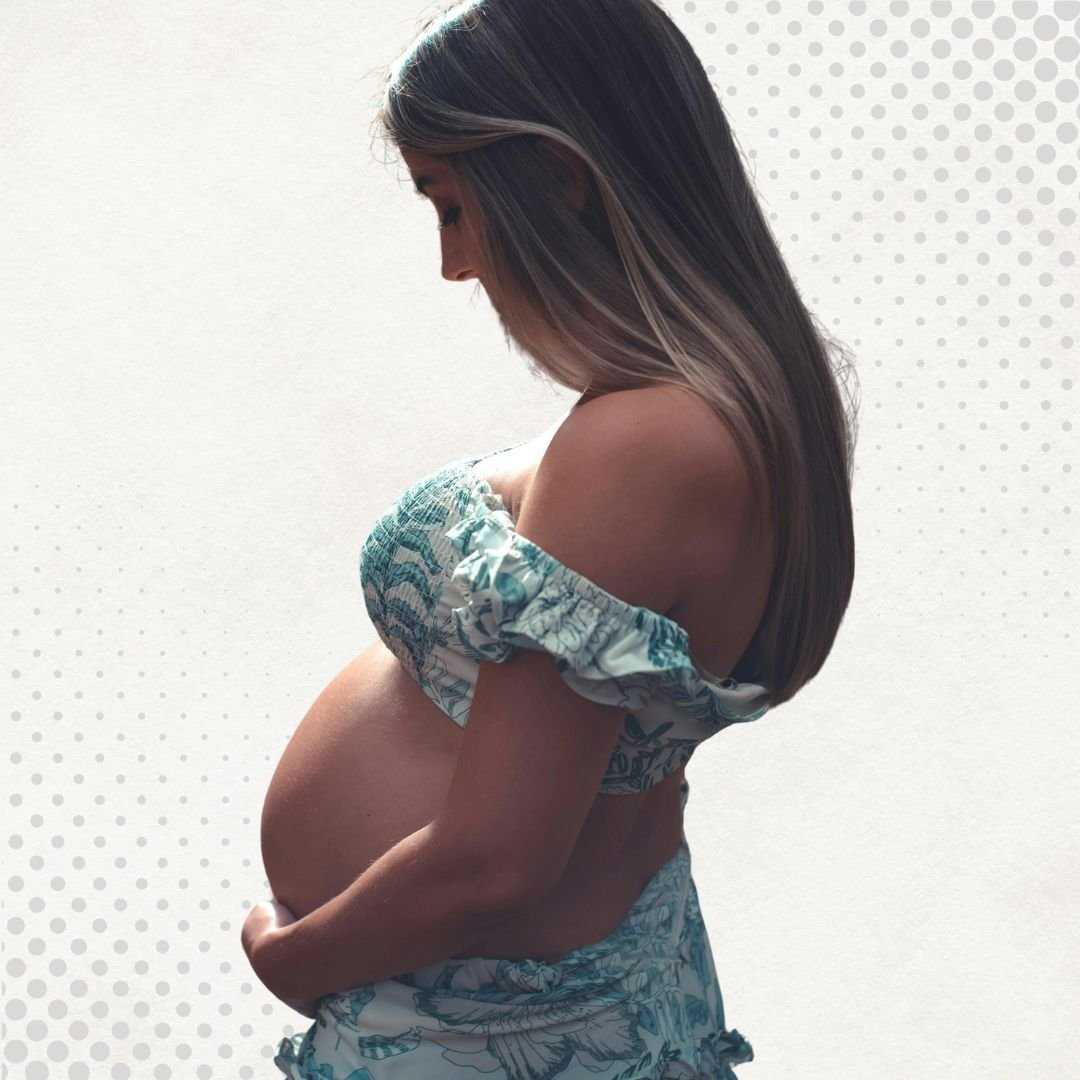

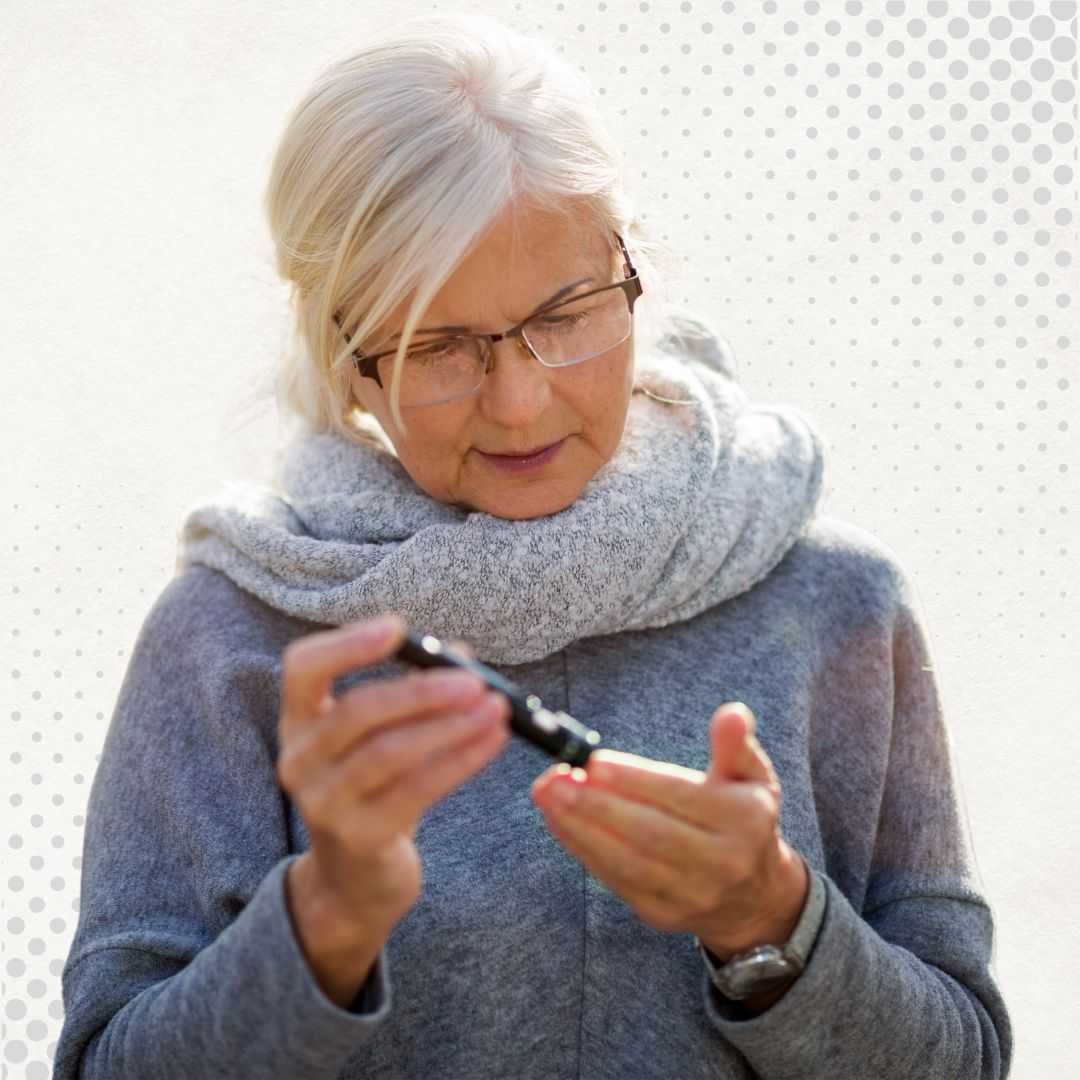

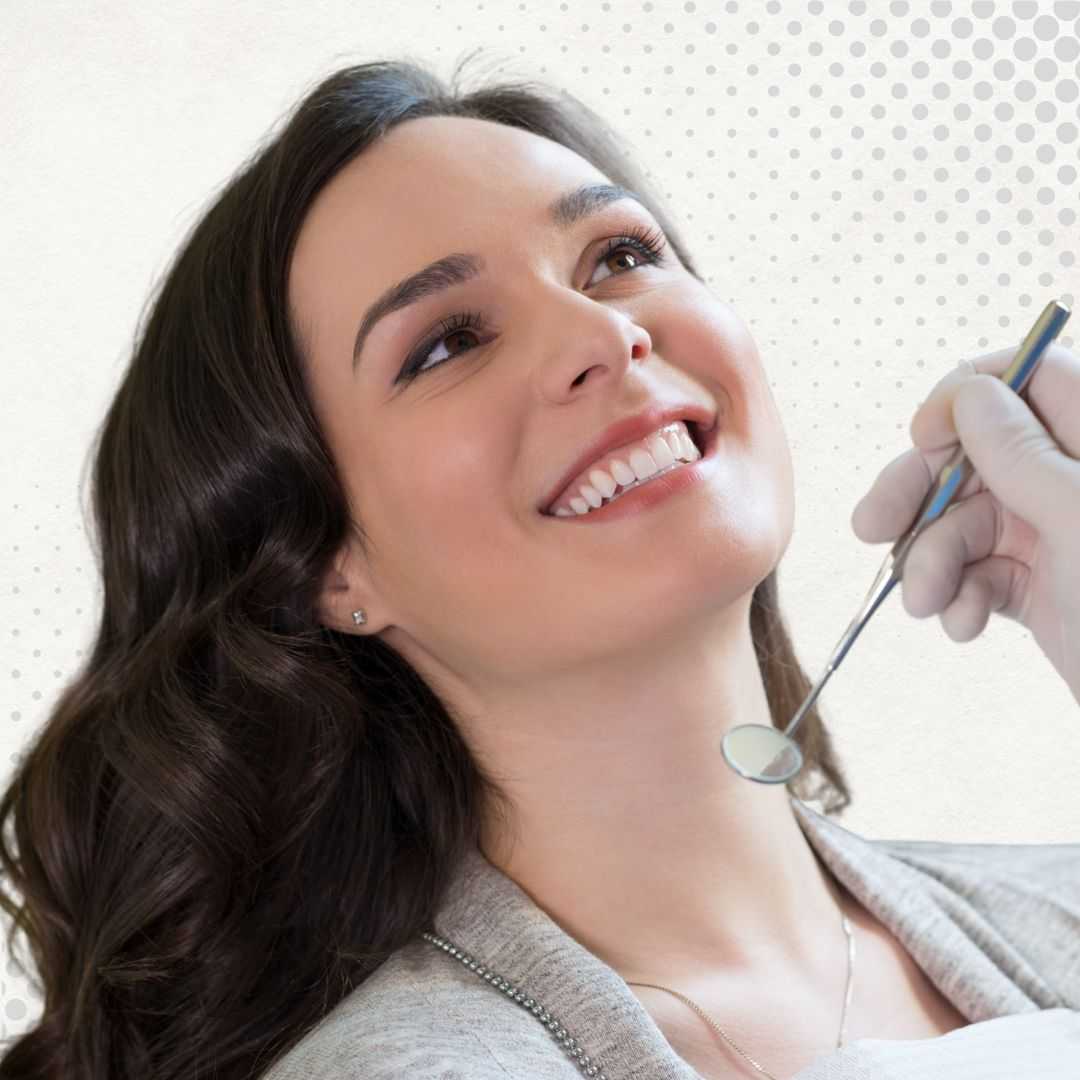

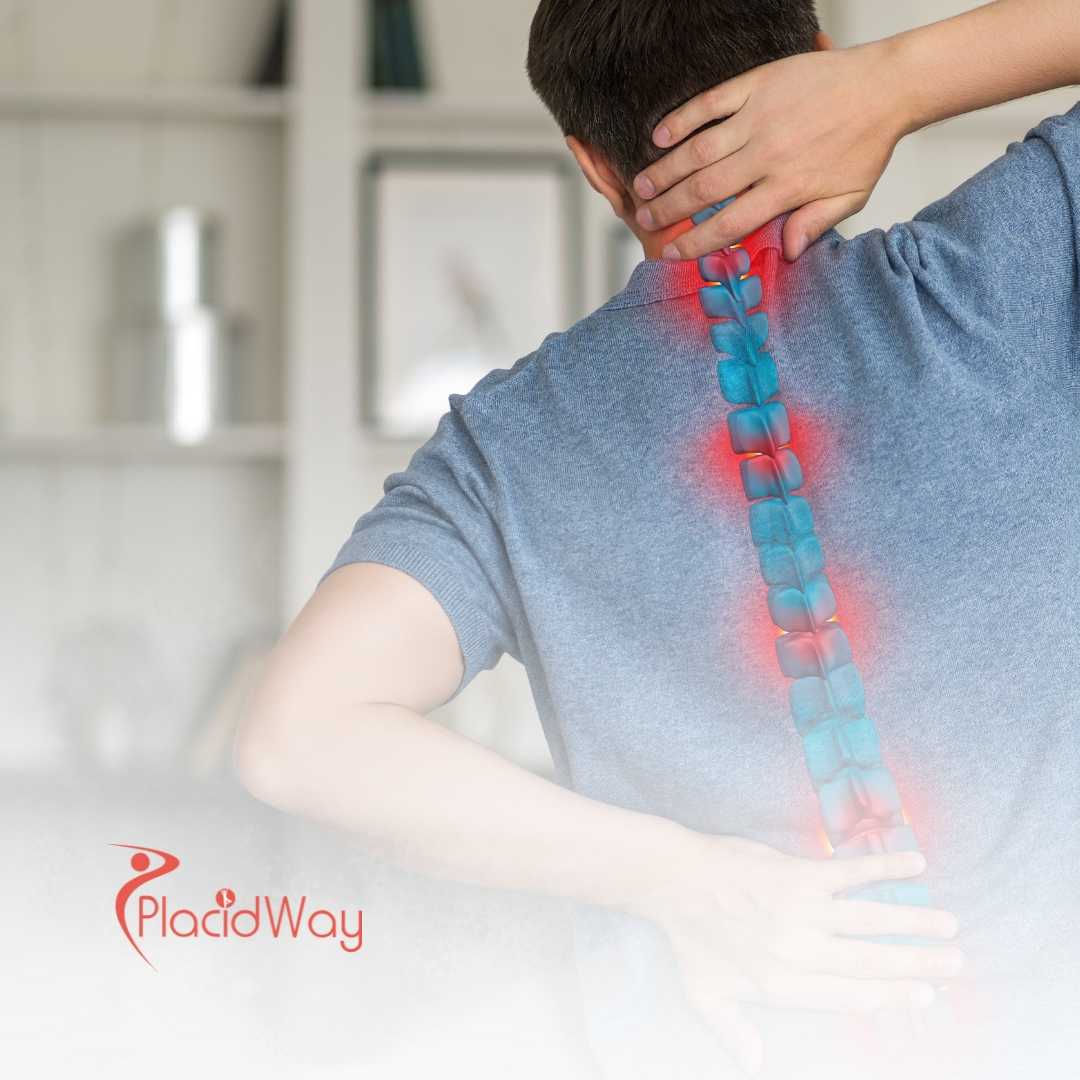
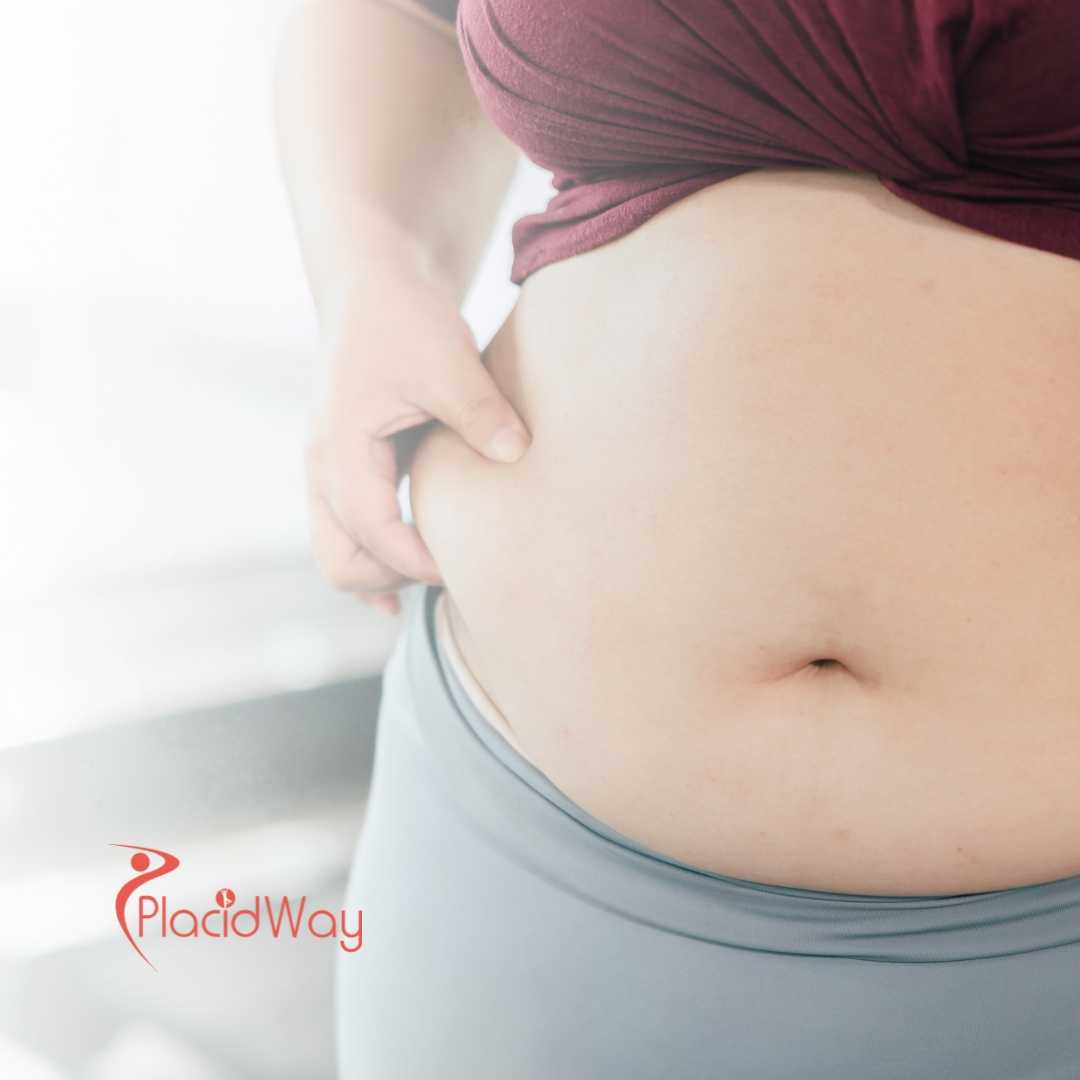

Share this listing